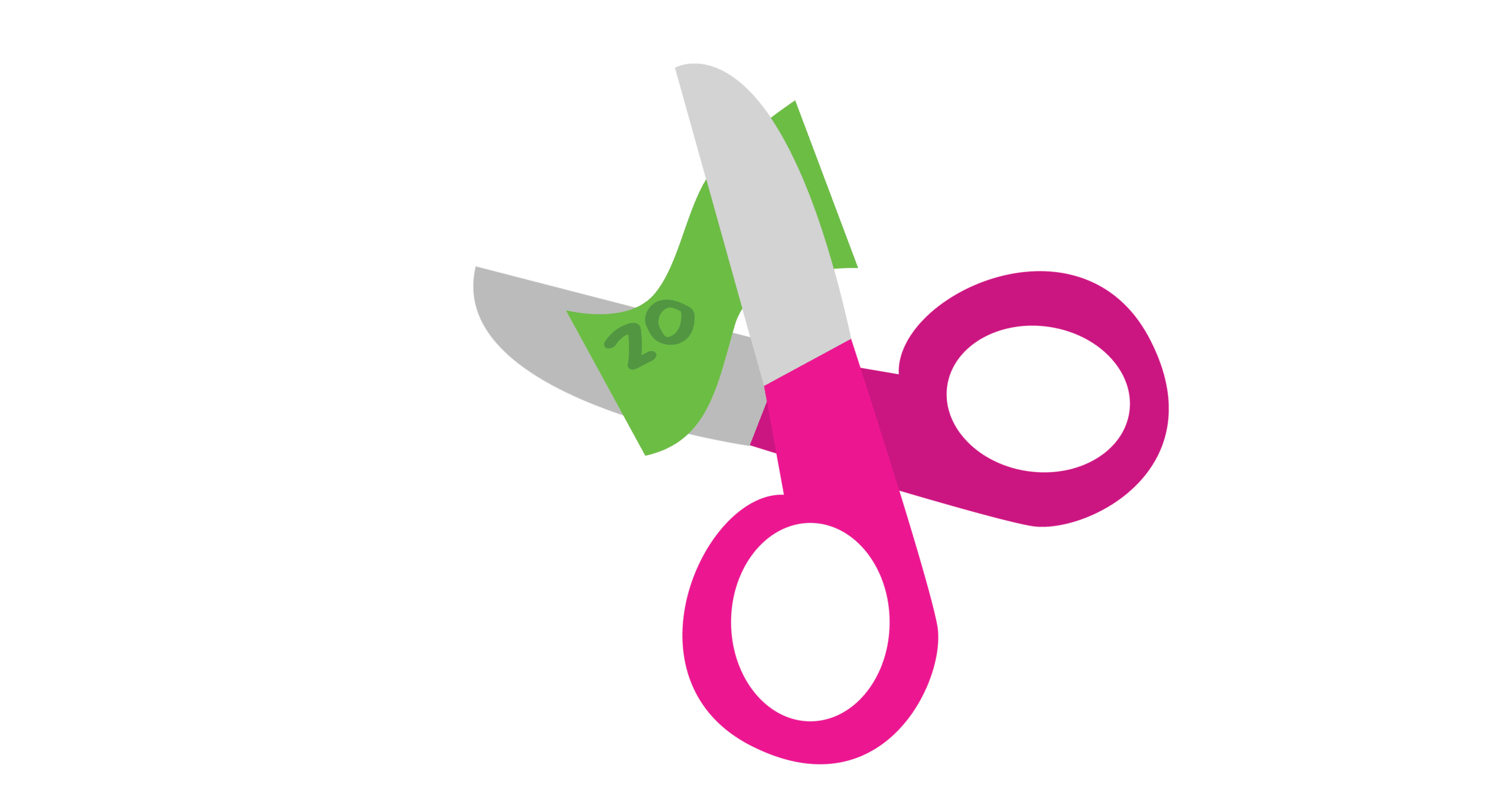Ontario students suffer: an analysis of Doug Ford’s educational budget cuts
Does Ontario truly not have the funds to put into youth school systems, or is the government simply unwilling?
Newly elected Premier of Manitoba, Wab Kinew, has recently announced that the provincial government will provide C$1.35 million dollars toward efforts that tackle child poverty and hunger. According to Global News, Manitoba has the highest rate of child poverty across the provinces, standing around 20 per cent (more than seven percentage points above the national average). By aiding the Child Nutrition Council of Manitoba, funding will go toward the end of the waitlist for school lunch programs. Extra funding that remains will be used to hire one additional dietitian to manage the new schools added to the program, as well as increase the budgets of schools already in the program to assist with rising food prices.
Only one province over, Ontario Premier Doug Ford has been consistently cutting budgets serving both school programming and child education supports. Budget decreases have only been getting more severe as the Conservative term goes on, with cuts beginning at C$800 fewer per student in the first term in office, to now currently at more than C$1,200 fewer per student.
More specifically, the majority of families requesting core autism therapy from the Ontario Autism Program (OAP) will not be receiving aid in the near future. The current budget of C$667 million only provides enough aid for roughly 30 per cent of the 60,000 total children seeking assistance through therapy programs. Each consecutive year of the program sees 7,000 youth added to the waitlist, quickly exceeding the rate that children age out of eligibility for the program.
Discarding the previous Liberal needs-based autism program created a gap in funding for students already enrolled in the system. Although funding has been stable for some since the switch over, almost half of the 3,000 youth will undergo cuts in their funding. This is because the previous policies and agreements surpass the current Conservative program’s financing limits. The initial scrap of the former program was based on the matter that it had an excessive waitlist. The current program also has a long wait, implying that the division and distinction between separate political parties are more important than any actual concern for the needs at hand of children with autism.
In response to the gaps in funding, the government has provided households that are currently on the waitlist a one-time payment of either $5,500 or $22,000, depending on how old the child is. A second cycle of deposits has been issued, however, only those who registered before March 31, 2021 can receive payment. Families have reported that thorough therapy programs may cost up to $90,000 a year, forcing them to make large out-of-pocket purchases on top of their one-time funding.
Through request, a document with more detailed information about the Ontario Autism Program has uncovered that wait times into the new program will end up being years long. This information is not being publicly disclosed by the government in attempts to undermine the realization that the program has not improved since its revision in 2019. It is also unknown as to how many families are being provided with funding from government services, and it remains hidden from the public. This lack of communication and information regarding the current status of the program comes off as rather suspicious.
Other educational cuts and changes made within only the first year of the Progressive Conservatives election under Doug Ford include, but unfortunately are not limited to: cancellation of the province’s first French-language university, a $100 million cut in the budget for school repairs, revoking free tuition for low-income students, and a complete cessation of the Harmony Movement, an organization that “provides interactive diversity and equity education programs” to youth, educators, and social service workers
The question at hand is why are these cuts being made? Is there a reasonable issue with government budgets or is there something else that the public does not know?
The main factor behind Ford’s notorious cuts is the province’s debt. According to the Canadian Taxpayers Federation, as of August 2023, Ontario is $400 billion in debt. In government surplus and deficit statistics, money spent on projects that will contribute to future financial growth is still accounted for in debt. This makes it possible that governments appear to be adding debt when, in reality, it will increase profits. However, this circumstance has been abused by the provincial government in attempts to hide debts that technically fall under current spendings. High income earners have also been experiencing tax cuts, limiting the government’s annual income.
The lack of open communication between the Progressive Conservative provincial government and the public makes it difficult to fully understand the breakdown of our debts and why cuts are being made. Families need to know when they will receive funding from the OAP to manage their household bills and know where to make changes in their own budgets. The last thing students and children in Ontario need is for our government to take away programming or stay silent on these important matters. To stay updated on the current standings of Ontario’s educational budget and join the fight against cuts, sign up for the Building Better Schools newsletter.
Associate Opinion Editor (Volume 50) —Tia is a third-year student completing a double major in Anthropology and Sociology. She uses The Medium as an outlet to do some creative writing that can't be expressed through the countless academic papers she writes during the semester. When she's not writing for the opinion section, you can find Tia getting gains in the gym, working at the campus pool, or volunteering with UTM ECSpeRT!


